Below are exerts from the National Significant Wildland Fire Potential Outlook, provided by the National Interagency Fire Center, for the period of June through October. The full outlook can be located here which will give more insight from a region by region perspective.
Observations in June:
Fire activity continued to be well below average (as predicted in the previous Outlook). Fire activity was below average during June as the occurrence of cool weather patterns continued to impact the western states. Residual mountain snowpack continued to melt at a slower than average rate across central portions of the West and California. Faster melting rates observed along the Canadian Border allowed for the high elevation larger fuels to begin drying. In the lower elevations, the fine fuels reached peak greenup early in the month. Fire activity in Alaska increased in June as fuels became increasingly receptive under a convective pattern. Entering July, the areas of greatest concern are Washington, Alaska, and southern Arizona—until the monsoon arrives in July. California and the Great Basin are also concerns.
Wildland Fire Outlook for July:
As June progresses, the fine fuels will begin to cure and dry from south to north across the West. Lingering high elevation snowpack should be lost. Wildfire activity should begin to increase by late month as peak of the fire season begins to arrive as July and August approach. As is the case with the lower elevation fuels, the high elevation heavy fuels will also experience a delayed entry into the season except along the Canadian Border in Washington State where overall dryness will lead to an average start with a potential for above normal activity. Alaska will reach its peak in June and begin to wind down in July.
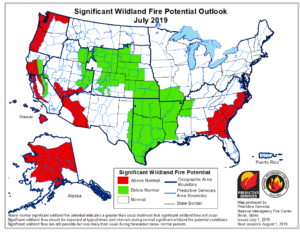
Potential Wildfire Outlook for the Month of July
Wildland Fire Outlook for August:
With fine fuels fully cured across the West and high elevation larger fuels becoming adequately dry in August, fire season 2019 will peak in August across much of the West. Exceptions to this will be the Southwest where an ongoing monsoon reduced fire activity and the central Rockies, which may not have enough time to fully dry and cure before monsoonal moisture, begins to affect the region.
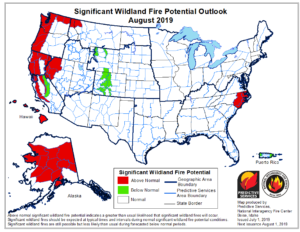
Potential Wildfire Outlook for the Month of August.
Wildland Fire Outlook for September and October:
A gradual decrease in fire activity is expected to begin by mid-September as the seasonal transition begins and as shortening days translate to shorter burn periods and better overall humidity recoveries overnight. California will begin to reenter fire season in October as East and North wind events begin to occur.
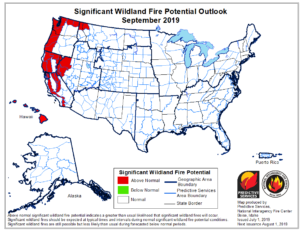
Potential Wildfire Outlook for the Month of September.
Source: NIFC Predictive Services

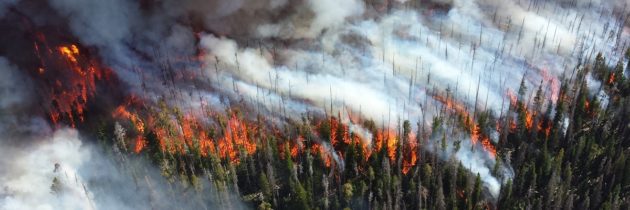
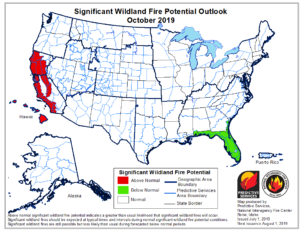
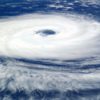
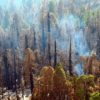

One Comment